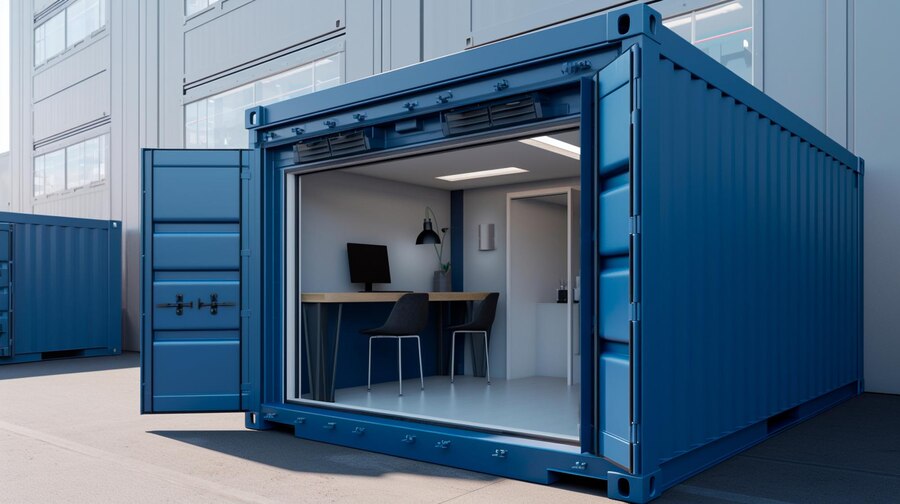Business Risks – How To Identify, Manage, And Reduce Them?

No matter what business you run or which industry you are in, business risks are always there. To add more, risks can be of different types. If the business risks are not identified, managed, or reduced, they can get hazardous for the business. Furthermore, repairing them can be costly and time-consuming for the business. Risk managers are responsible for identifying, anticipating, and preparing for business risks.
In this article, you will learn about business risks and some of the major types of business risks. Apart from that, you will also learn some of the best practices to identify, manage, and reduce risks in businesses. Hence, to learn about the major risks in business and how entrepreneurs should manage risks, read on through to the end of the article.
What Are Business Risks?
Business risks expose a company or an organization to lower profits or lead the business to fail.
According to Investopedia,
“Anything that threatens a company’s ability to achieve its financial goals is considered a business risk. There are many factors that can converge to create business risk. Sometimes it is a company’s top leadership or management that creates situations where a business may be exposed to a greater degree of risk.”
However, in some cases, a business risk might come from external sources as well. Hence, it is practically impossible for a company to stay away from business risks. Despite that, there are various ways through which businesses can mitigate risks that affect business operations. This can be done by adopting a risk management strategy.
To deal with business risks, it is essential for businesses to implement a risk management plan in place. The steps to implement a risk management process include being able to identify the risks. Once you identify the risks, you will be able to manage and reduce those risks from your business, to ensure proper operations.
Read More: Risk In Entrepreneurship : What Risks Do An Entrepreneur Face?
How To Identify, Manage, And Reduce Business Risks?

According to Forbes.com,
“It’s impossible to truly eliminate risk when it comes to economic decisions that are best for your business. Decisions have to be made even when we don’t know all the facts and are unsure of the future. For instance, market regulations are an uncertain environment where the stakes are higher and risk-taking isn’t optional if you want to move forward.”
However, it is still essential to account for business uncertainties and make smart and informed decisions that keep the business out of the negative effects of risks. The following are some of the essential steps you need to take to deal with business risks:
1. Recall Past Situations
Your business might have come across risks before. Recall how did you react and manage those risks. Furthermore, think about your past decisions that led to the occurrence of the current business risk that the company is facing.
If you have faced similar situations before, you will need to look at the past and try to find solutions for the current risk. However, you will need to create backup plans for your business and make your steps flexible enough to accommodate adjusted decisions.
2. Thinking Through Different Possible Scenarios
To decide on what steps to take to mitigate risks, you will need to have 100% information on the risk. Your goal should be to manage the risks by making calculated decisions. Hence, you will need to think through different scenarios to get an idea of the potentiality of the risks.
A good way to think and plan is to assess through – the best case, the likely case, and the worst case. This will help you to bring out possible outcomes.
3. Seek Feedback From Employees
Every employee has a different perspective of the organization and the variety of risks that can negatively affect the business. Since employees are the most valuable resources of the organization, letting them identify the risks will go a long way.
Employees and various other key stakeholders can provide useful insights into the risks that they encounter on a daily basis. This is because they are the ones who are fully involved in the day-to-day business practices that others are not involved in. Hence, it will be really helpful for you to get employee feedback. You can try one-on-one interviews or do group meetings with each team.
4. Take Signals From Various Customer Feedback
Believe it or not, customers always try to send signals about disparate situations in the business. These can enhance the business risks and can negatively affect the business processes. As a business manager/ CEO, you must feed signals from various functions across your organization to find potential risks.
According to ClearRisk.com,
“This strategy is most useful for organizations where customers visit a physical location, such as a storefront. However, even solely digital customers may provide valuable feedback that can help identify and mitigate against reputational risks.”
5. Conduct Both Internal And External Research
Conducting internal research in the organization is one of the major things that you can do to ensure the identification of risks. While observing the internal situation of the organization, you will be able to recognize those areas where processes are not properly carried out. You can use data and trend analysis to identify those problems.
As for external research, you will need to find common trends in other businesses in the same industry. To do that, you must look through reports of professional organizations and access industry research and trend reports. This way, you will be able to highlight common risks for your idea.
Read More: 10 Must-Have Entrepreneurial Characteristics
Wrapping Up
A business risk is an exposure that a company or an organization needs to factor, which can further lower the company’s profits, or make it go out of business. There are a variety of sources for a business risk, which can be both internal and external.
No business, despite its size and market, can avoid business risks. Hence, businesses employ risk management strategies in place so as to properly identify, manage, and reduce them. If you want to do the same, follow the recommendations of this article. Do you have any further recommendations? Share them with us in the comments section below.
Read Also:













